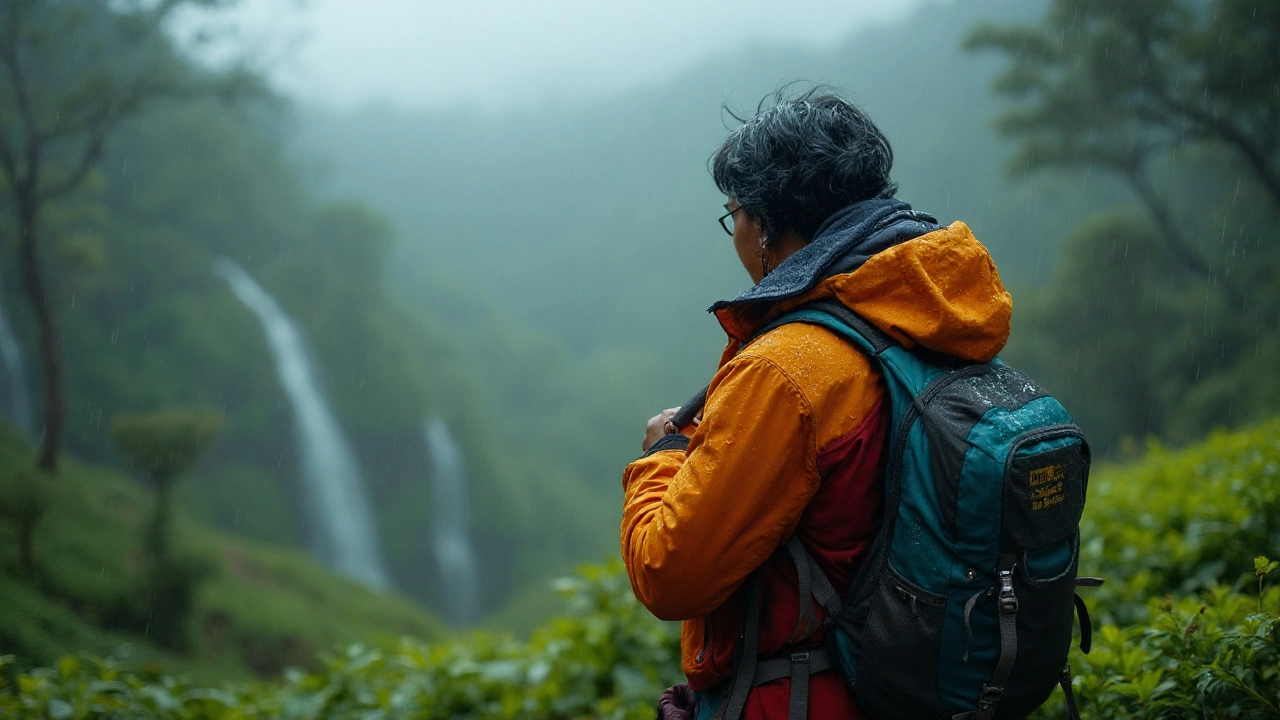SEARCH
Base Layer, Mid Layer, Shell – Your Simple Guide to Travel Clothing
If you’ve ever gotten soaked on a monsoon trek or sweated through a desert night, you know the right clothing can make or break a trip. The trick isn’t buying the most expensive gear; it’s about stacking three simple pieces – a base, a mid, and a shell – that work together in any Indian climate. Below you’ll find quick, practical advice that you can apply right away, whether you’re heading to the Himalayas or the beaches of Kerala.
Why Layering Matters
India’s weather jumps from chilly mornings in Leh to scorching afternoons in Rajasthan within hours. By layering, you control temperature without bulking up your bag. The base layer moves sweat away from your skin, the mid layer adds warmth, and the shell blocks wind and rain. When you need more heat, you simply zip the mid layer; when the sun peaks, you peel it off. This flexibility keeps you comfortable and saves space – a win for any traveler.
Picking the Right Pieces
Base Layer: Look for lightweight, moisture‑wicking fabrics like merino wool or polyester blends. They should fit snugly but not feel tight, so sweat can evaporate fast. A long‑sleeve shirt and leggings work well for mountain treks, while a short‑sleeve tee is enough for hot lowlands. Avoid cotton; it soaks up water and chills you out.
Mid Layer: This is your insulation. Fleece jackets are popular because they’re warm, breathable, and compressible. If you’re on a budget, a thin down‑filled vest can do the job for cold evenings. Choose something you can easily fold into your pack – you’ll thank yourself when you need that extra layer on a sudden cold front.
Shell: The outermost piece protects you from wind and rain. A waterproof, breathable shell with a hood is ideal. Look for sealed seams and a breathable membrane (like Gore‑Tex or a decent budget alternative). In most Indian regions, a light shell is enough; in the Himalayas, go for a more robust version.
When you buy, think about colour too. Dark shades hide stains, but bright colours make you visible if you’re hiking in remote areas. A neutral colour for the shell pairs well with colourful mid layers if you like a pop of colour.
Once you have the three pieces, pack them smartly. Roll each item tightly and place the heaviest (usually the shell) at the bottom of your backpack. This keeps the centre of gravity low and makes the bag easier to carry. If you’re traveling by train or bus, keep the shell in a separate carry‑on so you can pull it on quickly when you step off the vehicle.
Finally, test your system before a big trip. Wear the layers on a short hike or a city walk to see how they feel. Adjust fit, add or remove accessories like gloves or a hat, and you’ll know exactly what to bring when you finally set off on that epic Indian adventure.

3-Layer Rule for Hiking: Base, Mid, Shell Explained With Real-World Examples
Understand the 3-layer rule for hiking: base, mid, and shell. Learn what to wear, how to pick fabrics, and how to adjust in changing weather with simple examples.
Continue reading